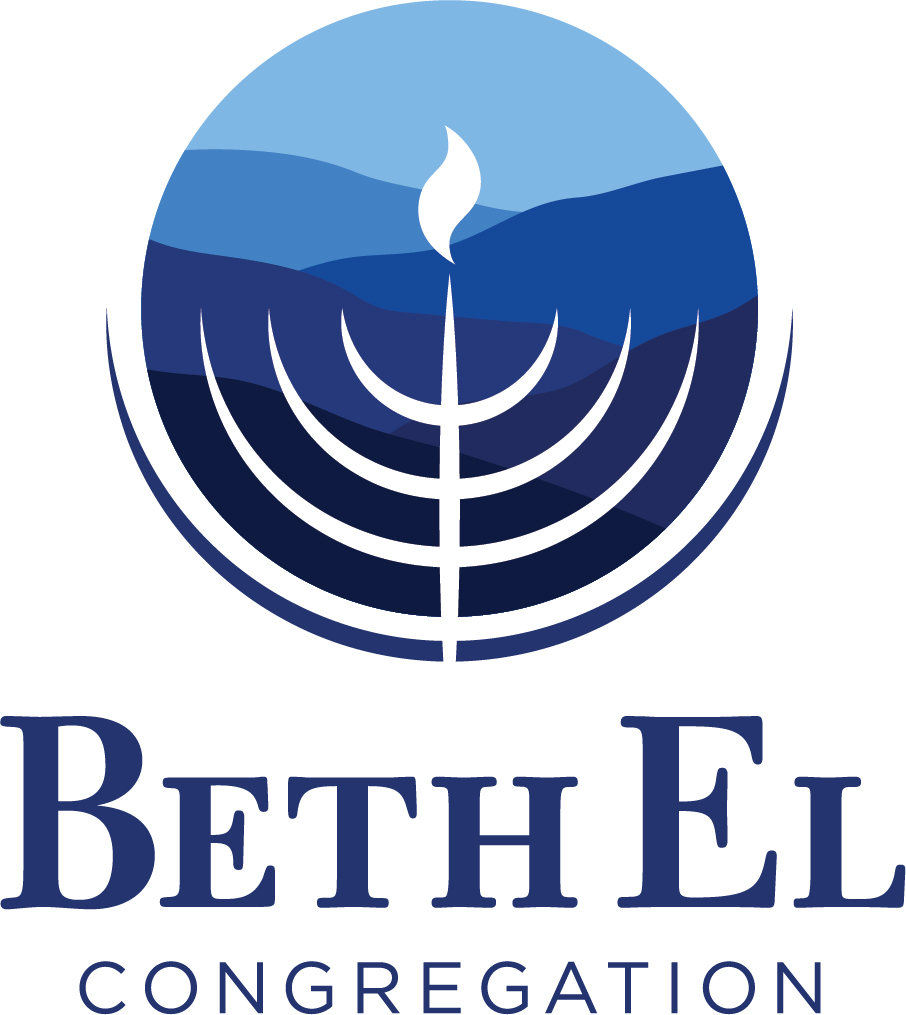D’var Torah – Oct 10
I hope this finds you all well.
Growing up, I was always taught that Yamim Noraim – the Days of Awe consisted of Rosh Hashanah and Yom Kippur. Then I was taught that it actually extended through Sukkot, Shemini Atzeret, and Simchat Torah. Then a few years later I was introduced to the month of Elul and its focus on mechina – spiritual preparation for the High Holy Days, so sure, it got tacked on, too.
In Rabbi Alan Lew’s (z”l) famous masterpiece This is Real and You are Completely Unprepared, Rabbi Lew writes that the Days of Awe actually begins on Tisha B’Av- the saddest day of the Jewish calendar in which we mournfully recall the Destruction of the two Temples in Jerusalem, the lack of faith displayed by the twelve scouts in the Book of Deuteronomy, the Rhineland massacres, the expulsion of Jews from England, France, and Spain, the beginning of World War I, the approval of the Final Solution by the Nazi party, and the AMIA bombing in Argentina.[1]
In explaining his position, Lew writes: “The time between Tisha B’Av and Yom Kippur, the great seven-week time of turning, is the time between the destruction of Jerusalem- the crumbling of the walls of the Great Temple- and our moral and spiritual reconstruction.”[2]
I was blown away by the imagery of this premise. Think about it: our days of awe, according to him, begin with Har HaBayit – the Temple in Jerusalem, the center of the Jewish world, God’s dwelling place on Earth, a place of massive, heavy stone – engulfed in flame, torn down, and turned to ash, and ends with us dwelling in a sukkah – a structure of community, harvest, meals, friendship, and family. Though fragile, the sukkah more than makes up for its delicate and flimsy structure by filling it with the people that matter the most to us.
In life, we are going to experience failure, tragedy, frustration, and setback, be it the loss of a priceless family heirloom, not getting into the college or job we wanted since we learned how to to read and write, or the sudden, unexpected, and tragic death of a loved one. But that doesn’t mean our story ends there. We can acquire other objects, we can receive a fantastic education at another university or find incredible fulfillment at another job, and we will always have the lessons and cherished memories of those friends and family members who have died.
The connection between the destruction of the temple leading to the building of the sukkah seems to evoke the psychological concept of post-traumatic growth.
According to The Journal of Clinical Neuropsychiatry, post traumatic growth “may feature positive changes in self-perception, interpersonal relationships and philosophy of life, leading to increased self-awareness and self-confidence, a more open attitude towards others, a greater appreciation of life and the discovering of new possibilities.” [3]
In truth, we can’t make things exactly the way that they were before we experienced loss; but we have the ability to build something new, something different, and perhaps something better.
For the sadness of the temples that are destroyed in our lives, there is the opportunity for building a sukkah – one that is full of renewal, fond memories, happiness, hope, and peace — something bright and new in its stead.
Bizrat HaShem, with God’s help, may we all build a sukkah of comfort, happiness, and peace in our lives in this year of 5786.
Wishing you a Good Shabbos and a great weekend.
Bivrakha,
Rabbi Aaron Stucker-Rozovsky
Beth El Congregation | 520 Fairmont Ave, Winchester, VA 22601
(540) 667-1889 (office)
